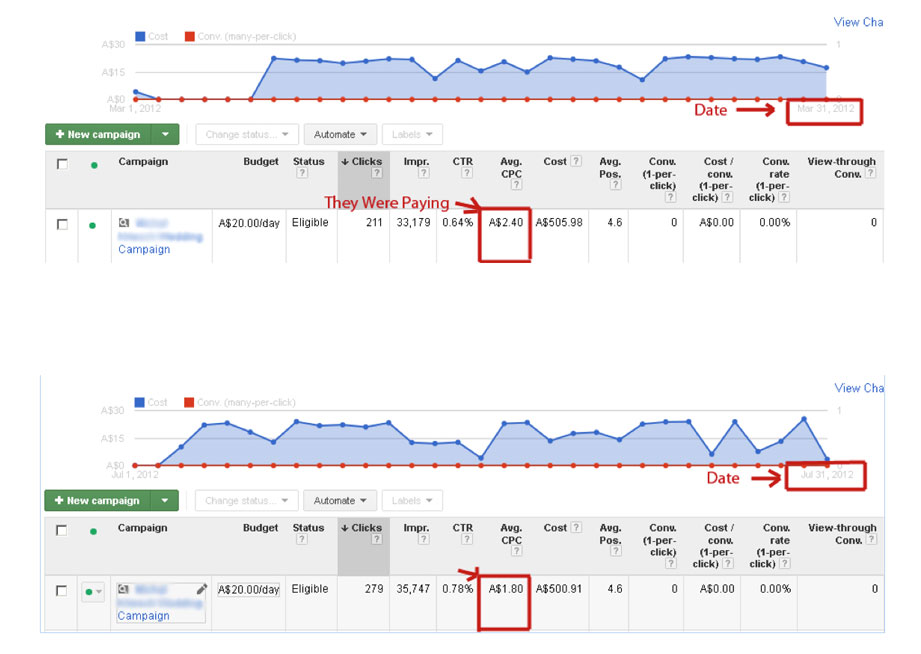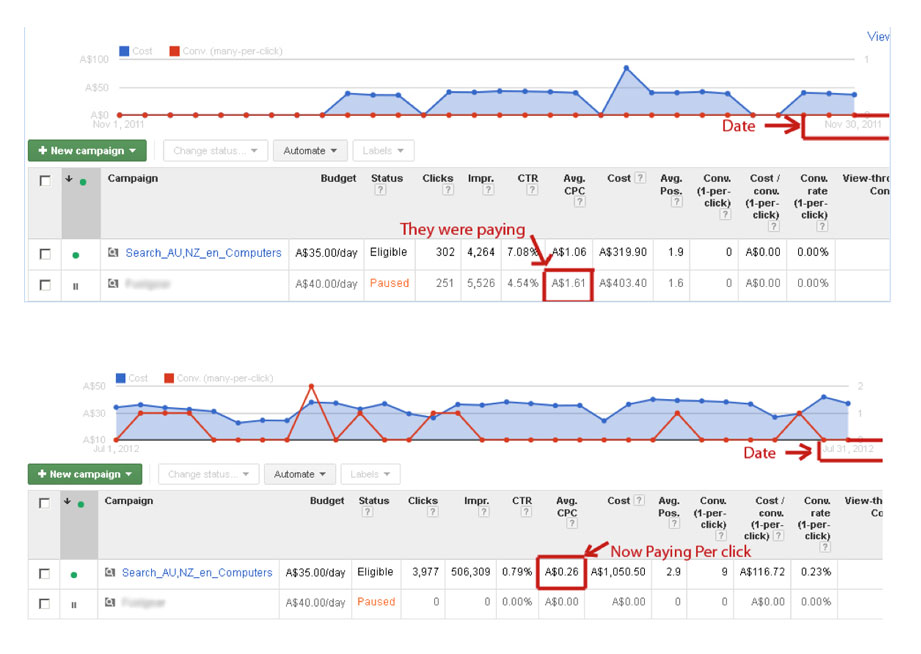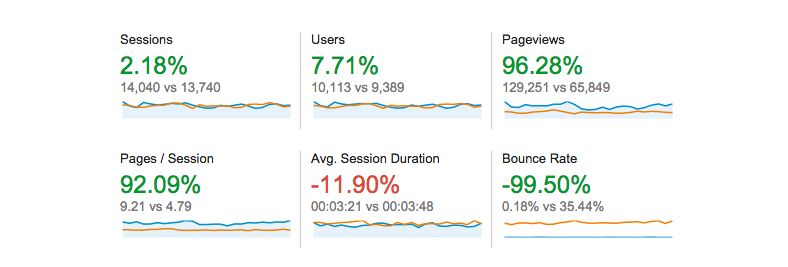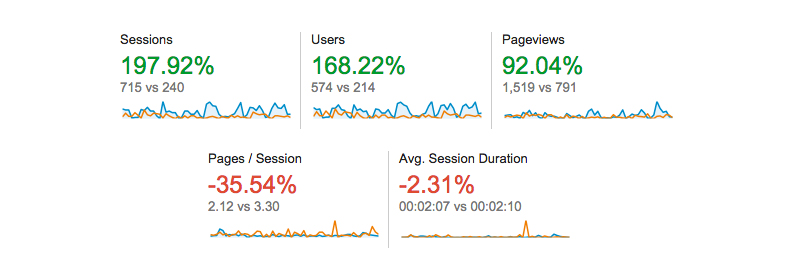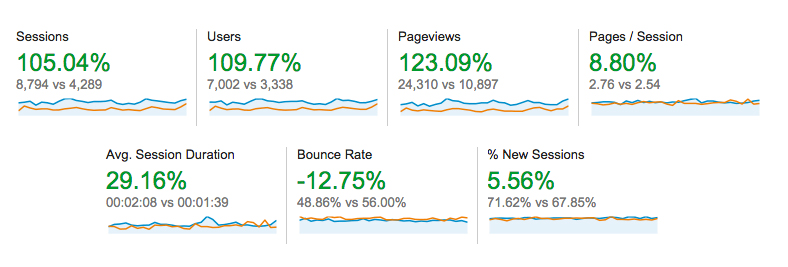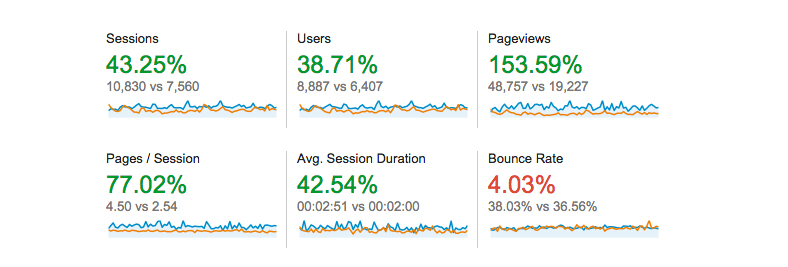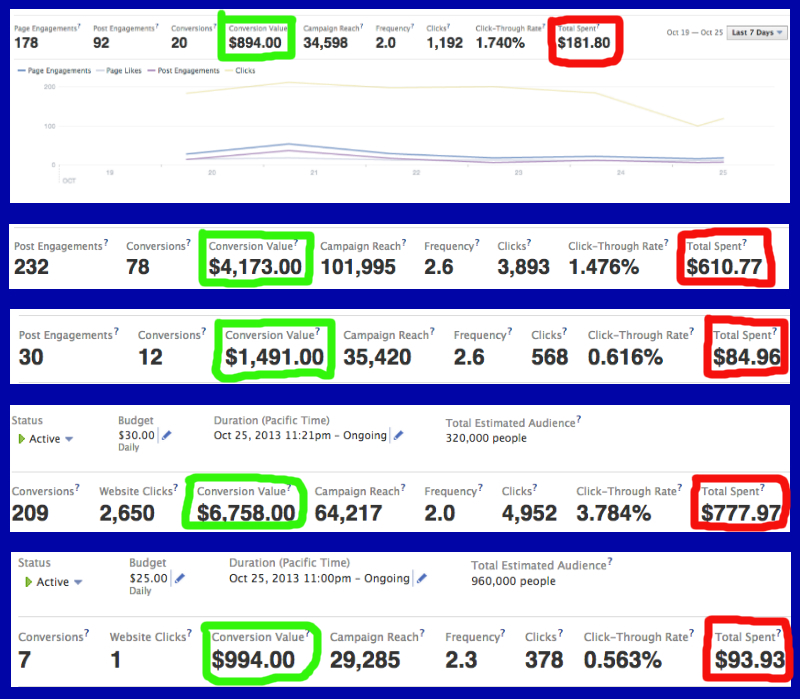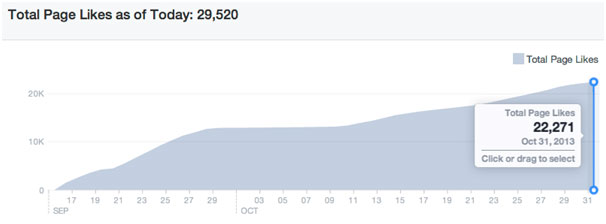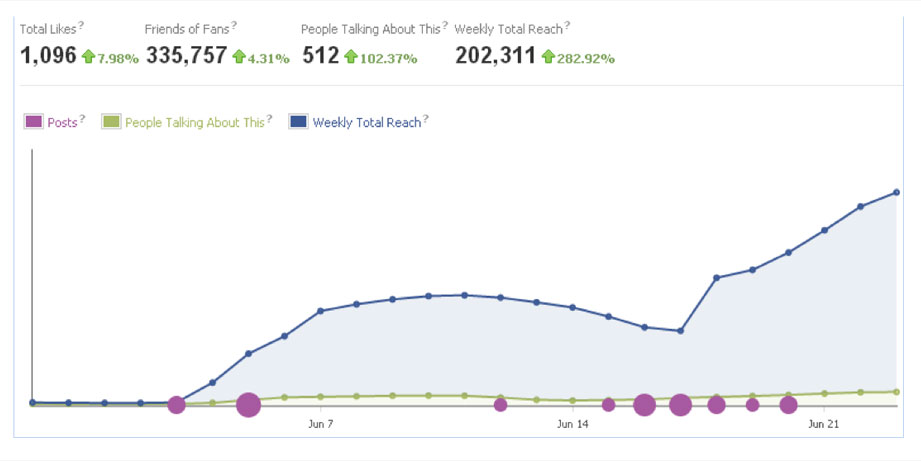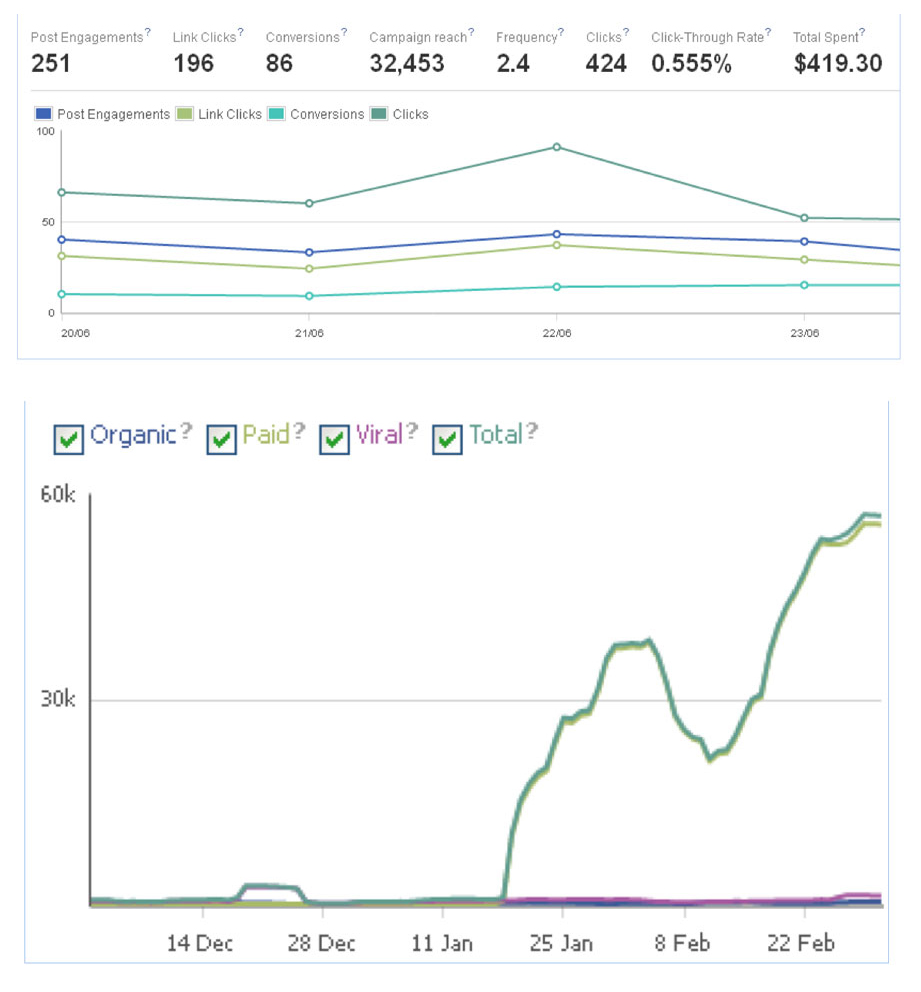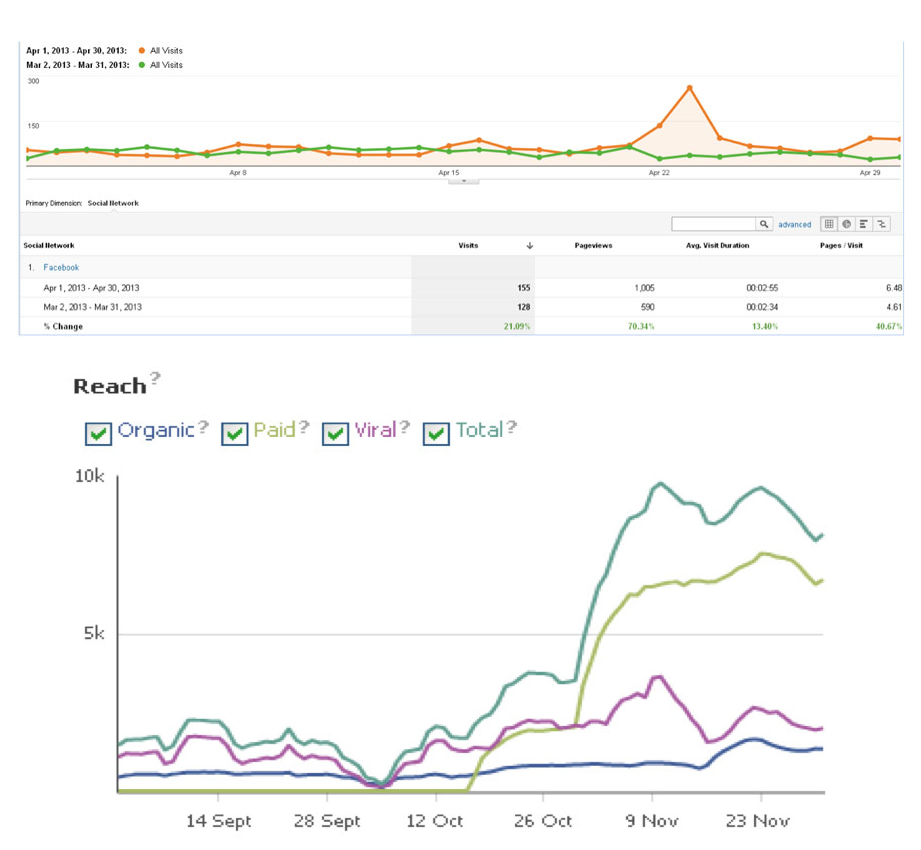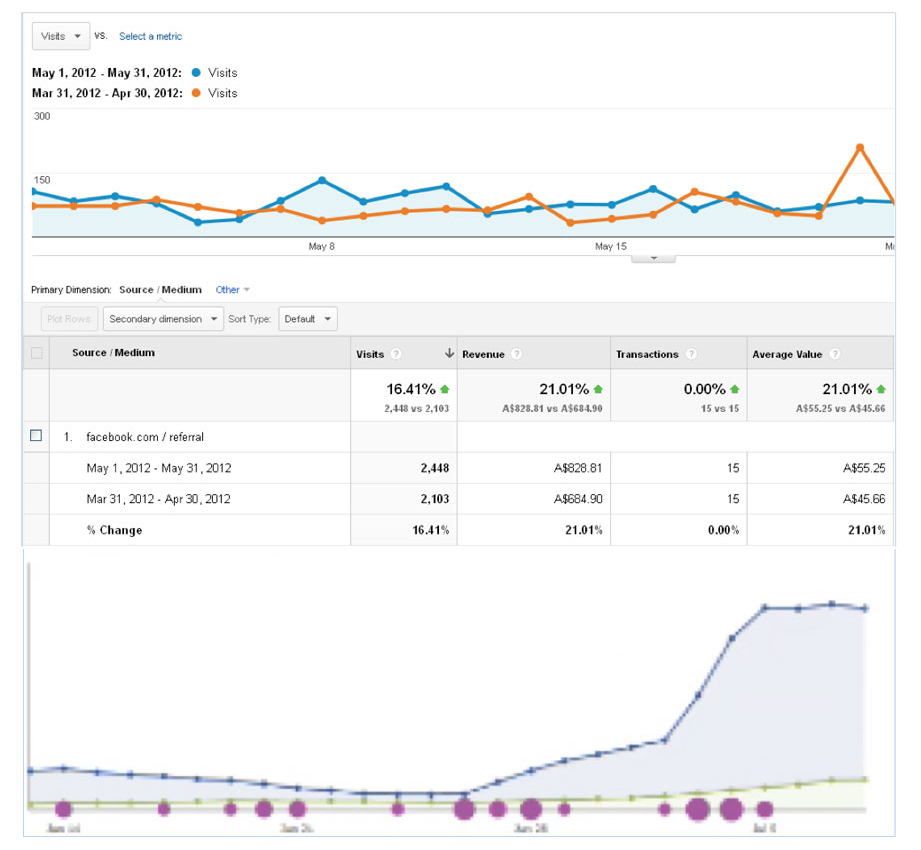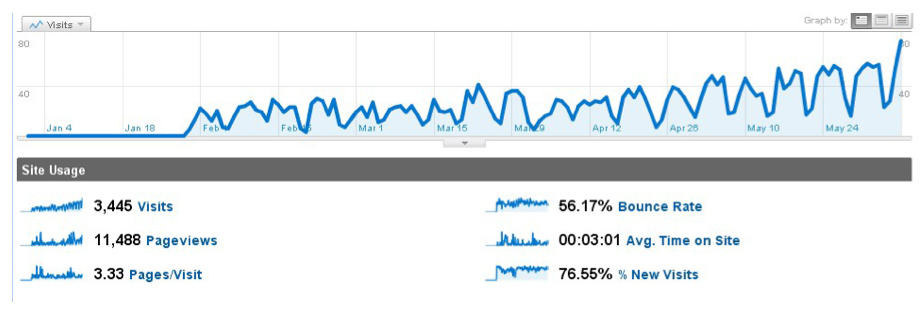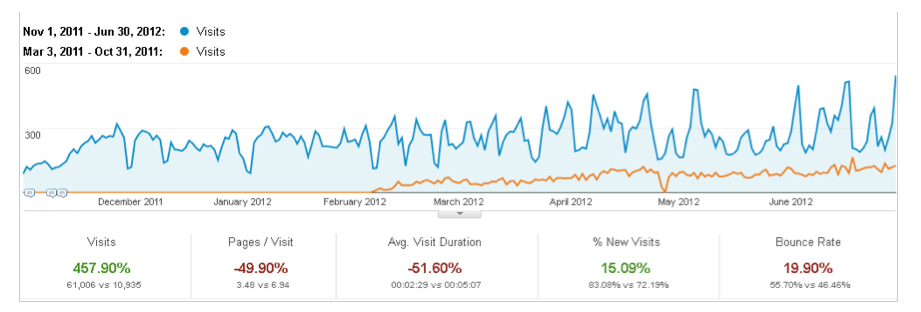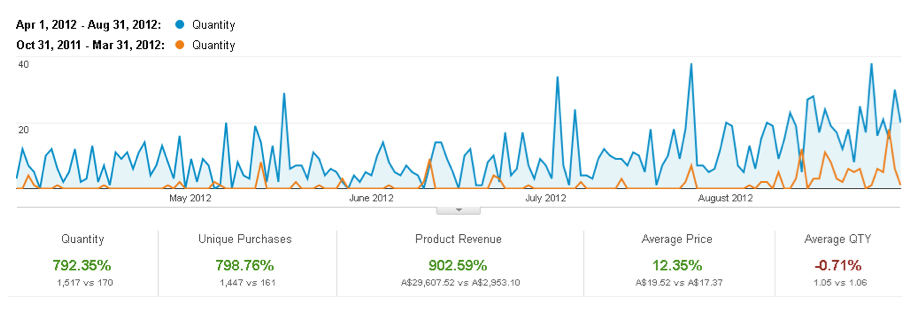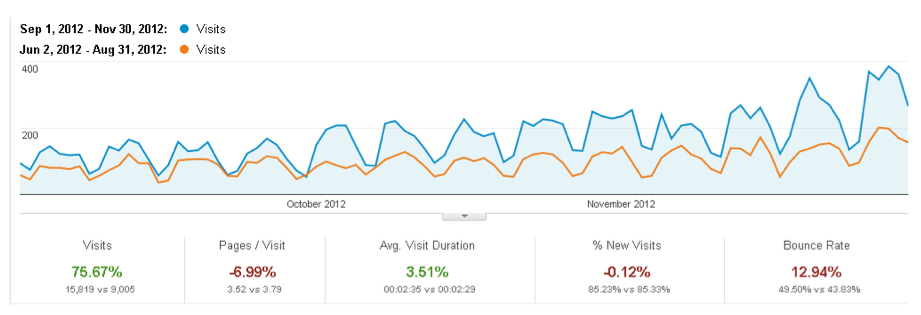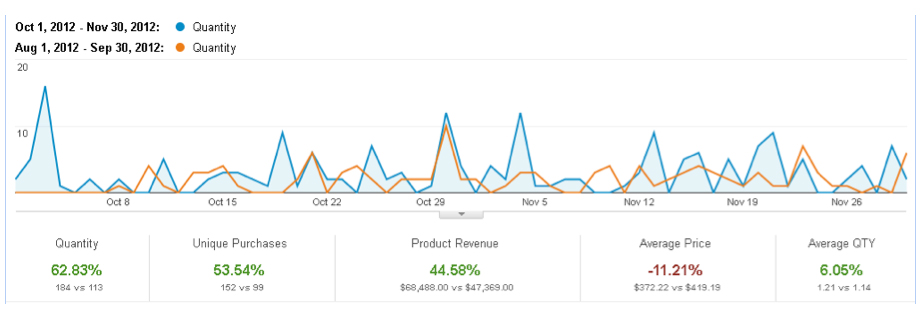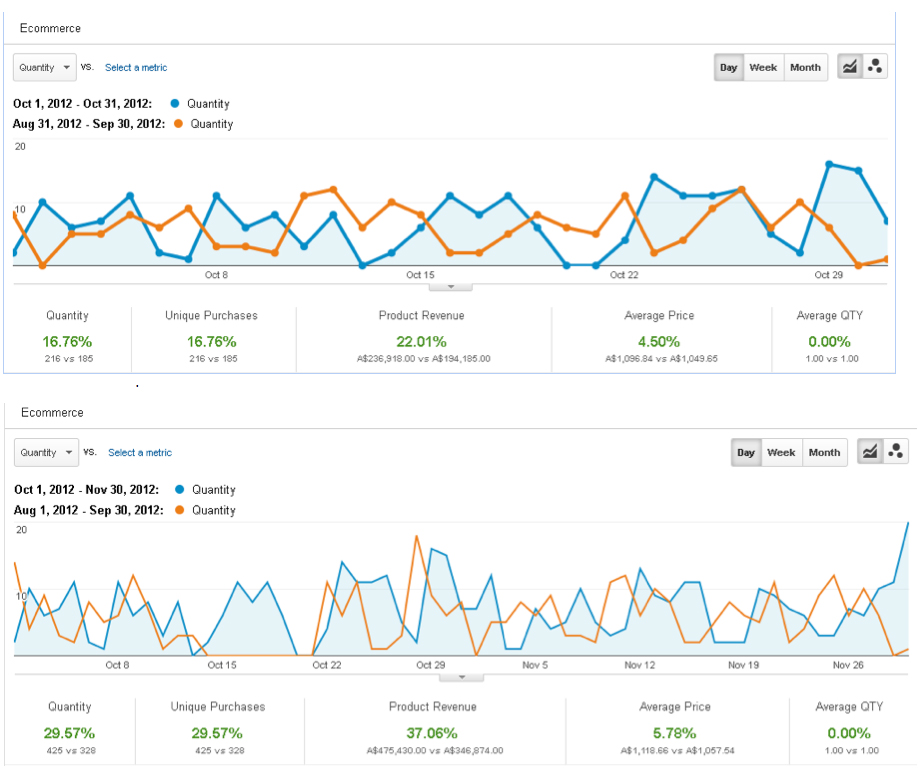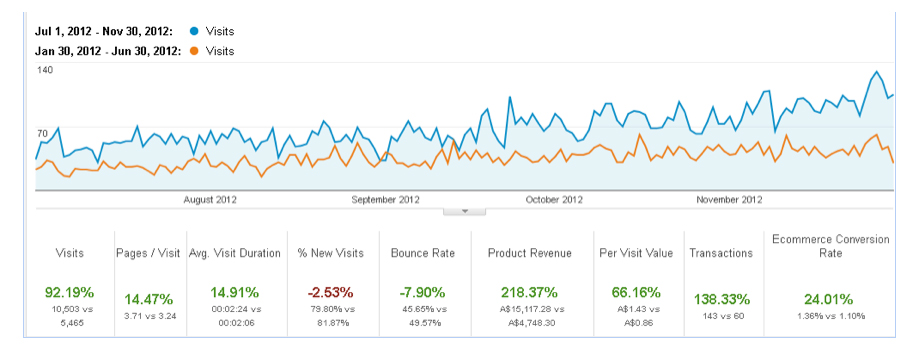How to find the best and worst content on Google Analytics
Now we’ve all heard all about how “Content is King” and that you’ve got to put as much content out there, so that people will love you for it and give you lots of money. Well that’s not 100 percent true. First you’ve got to have your content seen and second you need to understand what kind of people love and what they don’t like. After all, you don’t want to be spending all your time creating content that people don’t actually want. This is where Google Analytics comes into play!
In this piece, we’ll show you how to dissect your campaign for content that is profitable and those that aren’t worth spending more of your time creating. Let’s get right to it!
Analysing your content using Google Analytics
The first thing that you need to do is, of course, to log onto your Google Analytics then under “Behaviour” you’d want to click on ‘site content’ then “All Pages”. This will give you data on all the existing web pages on your website. What you’re looking for are pages that you should be spending more of your time and attention on.
At this point you need to have your goals set up in Google Analytics with values attributed to them. We’re not going to tackle how to do the latter in this piece but you can check out this video which should tell you more about it. Once done, you’ll start receiving data on your account and you can use it to figure out which of your pages are most valuable to you. Notice that each page has a corresponding “Page Value”. This means that users have viewed that page and have completed whatever call to action you’ve set in place. It’s a good indication of how effective that particular piece of content is. Even without an e-commerce website, Google Analytics gives you a simple way of measuring how valuable your content is.
Now most people tend to focus on “page views” and while these views might be high the page value of it may not be as good (per visitor). So there’s not much point focusing on that particular metric with all your tracking setup. Note that in some of your pages, the unique pageviews might be low but the page value is high. Let’s say that your “contact” page has around 200 unique views with a page value of $1.67; that doesn’t sound like a lot but it’s not representative of the standard metric of goals you’ve set on Google Analytics. We are not really looking for a massive value under page value but rather the contrast between the different pages. The contact page will naturally have a high page value so you’ll need to take that into consideration when looking for the best content to optimise.
Another page that you need to pay special attention to is the “About Us” or anything along that line. That page will also have a high page value and for good reasons; users check out that page to learn about the people behind the business, engage with them and hopefully move on to become clients or paying customers. It’s worth more of your time getting people to visit these kinds of pages from say a piece of blog content or other service pages. You may have other pages with high page values and Google Analytics gives you a quick and convenient way of determining where you should be devoting more of your time and effort getting more people to visit a particular web page generating more relevant traffic. You’ve got only so many hours in a day and you can’t spread your efforts too thinly trying to work on the different pages all at once. Therefore, it makes sense to focus more on pages that are bringing you the highest page value.
Now if a particular web page has a high page value but low unique page views then you can work on bringing more traffic to that web page and raising the page value even higher. If you’re seeing the opposite (high page views but low page value) then it means that you have to work on getting more people to convert. Of course there are other factors that you need to consider such as the bounce rate which often directly affects page value. A high bounce rate will hurt your page value as this means that not to many people are completing the call to action that you’ve set in place. The same thing can be said about “exit rate” which measures how many people leave your website altogether through that particular web page. Lowering both would enable you to raise page value and it also gives you an idea on which of your pages you should be linking from to improve engagement and get people to stay on your website for much longer.
We hope that you’ve found this article useful and at the very least, it’ll spare you from devoting much of your time and effort working on content that people simply don’t want to see.
Would you like to learn more? Perhaps you’re looking to get started with some professional help in content creation, strategy or designing content then do check out https://thinkbigonline.com/; we’ll be more than happy to help!




